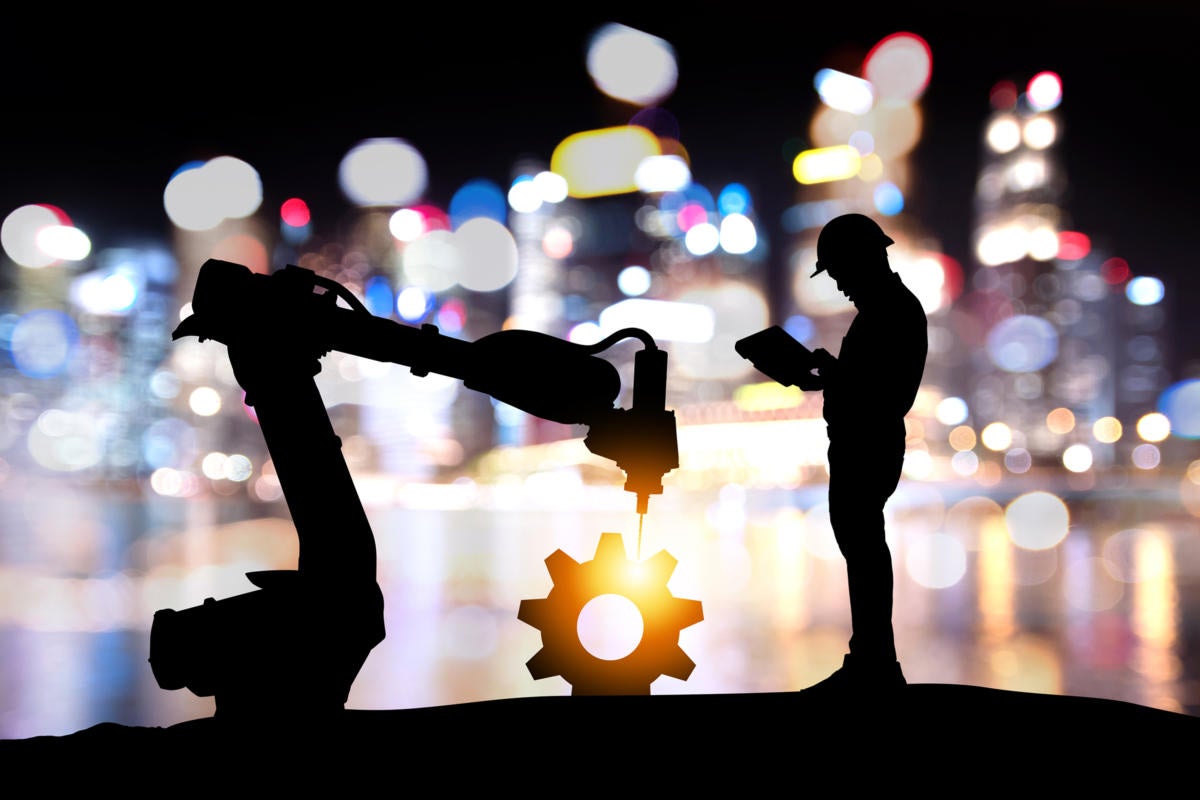This week, I’ve been at a major analyst event at Lenovo (a client of mine) where we’re looking closely at how the company’s units work together. Most companies in Lenovo’s class are better known for infighting than synergy, so the absence of the former has made this a fascinating week.
One of the more noteworthy aspects has been how successful Lenovo has been with extended reality (XR) in terms of education and training.
Another analyst noted how robotics is advancing in fast-food restaurants, where Lenovo dominates in terms of employee onboarding and training with VR, raising the question of how this applies to restaurants that appear to be moving early to full automation.
Coincidently, during the event, Nvidia (another client of the author) unveiled its latest robotic technology advancements. Lenovo and NVIDIA are in deep partnerships in a variety of areas, from servers to PCs, edge computing to workstations, and gaming. But it’s the future of training I’m focused on here, especially now that foundational AI models can translate tools developed for human training into robotic training.
In a nutshell, XR training could be used to fast-track robots for fast-food restaurants, making it part of the critical path to automation for any industry that needs it. Due to massive staffing problems and safety issues, fast-food restaurants have been moving quickly toward full automation, with several stores already in market that are fully automated.
Let’s talk about how XR training could become an on-ramp to robotic conversion for any industry dealing with staffing or safety issues.
The robotic wave
Using robots to replace entry-level workers didn’t initially look economically viable. We saw that when Baxter, which was brought to market to replace low-level workers, failed (though the technology lives on in revised products). Since then, thanks to companies like Nvidia, the cost of intelligent automation has dropped while the capabilities of these robots has grown. We still aren’t at a point where it makes sense to replace an employee with a robot unless you absolutely can’t staff a position — though with cost increases being driven by unions in media and the automotive markets, that may no longer be true.
In fast food and restaurants in general, staffing has become a significant problem leading to store failures or reduced hours of operation. Where I live in Oregon, we have lost many restaurants due to staffing problems, and if you have a choice between using a robot or going out of business, the robot becomes far more viable.
It isn’t just food services that are having staffing issues. I constantly see reports of companies that are unable to respond to customers due to a lack of workers. For instance, ADT, the alarm company I use, has been unable to service my system for this same reason, forcing me to look for a different security vendor.
It seems clear that robots are coming. But one of the outstanding issues is how to train them. You need a foundational source for the needed training information, but if you’re already short-staffed, who do you pull to talk to coders and create a training dataset. And how do you assure the quality of the dataset, given any employee doing the training might not be excited about robots taking their job?
XR to the rescue?
Because of the estimated 150% turnover in fast-food restaurants (which means that, except for the manager, the entire staff gets replaced every nine months), restaurants have aggressively embraced virtual reality (VR) headsets to onboard and train new employees; that can assure consistency when you don’t have enough people to operate the stores, let alone train new workers. (I should note that the use of VR tools have significantly improved retention, according to Lenovo.)
These XR programs are fully vetted, and have been tested during store operations for months (if not years), assuring they are accurate. They could now be given to coders, or to an appropriately set up foundational AI model, to translate them into robotic training. Given that these training programs are often unique to the type of store and equipment being used, they form a fast path to creating a robotic training module.
With Lenovo the only company in the traditional PC/server segment working on robotic solutions and with serious synergy between its units, I expect this could become a future solution from the company.
It is interesting to note that it was at Dell (a client) where I first saw arguments that traditional computer companies needed to move to robotics — a reminder that it is the execution of an idea, not the idea itself, that often makes the difference.
It is going to be an interesting decade.






